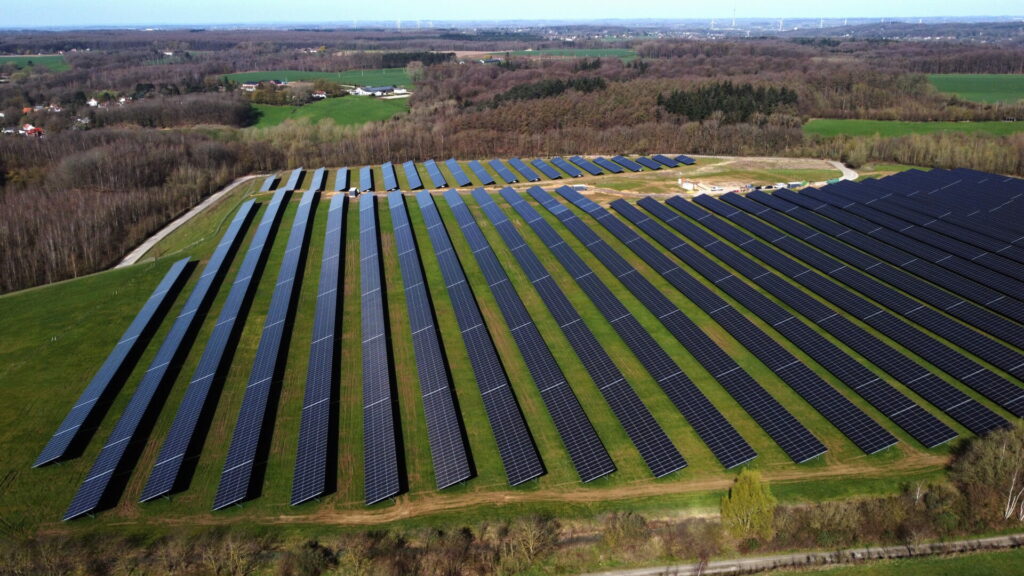A record 12% of the world's electricity was generated by wind and solar power in 2022. Yet this remains lower than the contribution of coal – the most polluting energy source.
The invasion of Ukraine saw the EU accelerate efforts to achieve "energy independence" from Russia, with rampant energy inflation forcing governments to look to other – often renewable – energy sources. These efforts pushed the decarbonisation of the power sector, with the improvement highlighted in a report by think tank Ember.
"The carbon intensity of global electricity generation fell to a record low of 436 gCO2/kWh in 2022, the cleanest-ever electricity," explained Ember's fourth Global Electricity Review, which was based on open data from the electricity providers in 78 countries which accounted for 93% of global electricity demand.
"This was due to record growth in wind and solar, which reached a 12% share in the global electricity mix, up from 10% in 2021." In Belgium, wind and sun accounted for almost 20% of the electricity mix in 2022.
The share of electricity from all clean energy sources (renewables and nuclear) accounted for 39% of global electricity generation last year, another record.
However, the "clean energy" share remains lower than that of polluting fossil fuels, which still accounted for more than 60% of electricity production, with coal remaining the largest source of electricity.
Contradicting efforts
The report, published on Wednesday, showed that more than 60 countries get more than 10% of their electricity from renewable energy, with the EU now leading the way with 22%, largely as a result of its REPowerEU plan, raising the bloc’s 2030 renewable energy target from 40% to 45%.
Ember estimated that a record decline in fossil fuels should be reached by 2023. By 2030, national plans forecast that just 17% of EU electricity will come from fossil fuels and the majority of the region will have phased out coal.
Despite starting the race towards increased renewable energy, the EU still laggs behind in terms of growth, Ember argued. For instance, power generated by wind power grew by 9% in the EU, compared to a growth of 17% worldwide. "The barriers to rapid deployment of onshore wind power need to be removed," the report stated.
The EU growth of electricity generated by solar power, at 24%, was in line with global growth. Solar power has been the fastest-growing electricity source for 18 years in a row.
Related News
- Global CO2 emissions set new records, IEA report shows
- Energy communities: The key to energy security in an era of volatile markets
In 2023, wind and solar could push the world into a new era of falling fossil generation, Ember argued: "With average growth in electricity demand and clean power, we forecast that 2023 will see a small fall in fossil generation with bigger falls in subsequent years as wind and solar grow. That would mean 2022 hit 'peak' emissions. A new era of falling power sector emissions is close," the report read.
"It will be an impressive moment when power sector emissions begin to fall year-on-year, but the world is not there yet, and emissions need to be falling fast."

